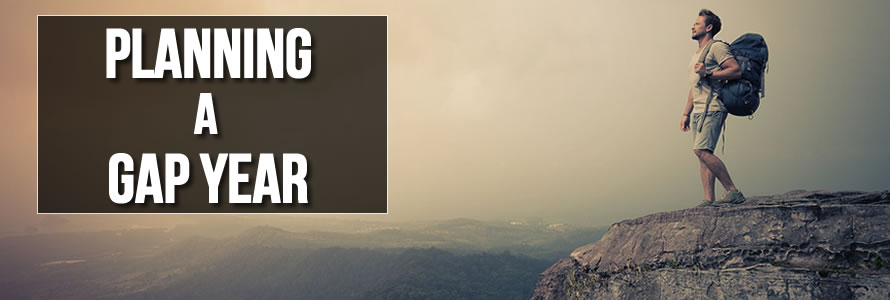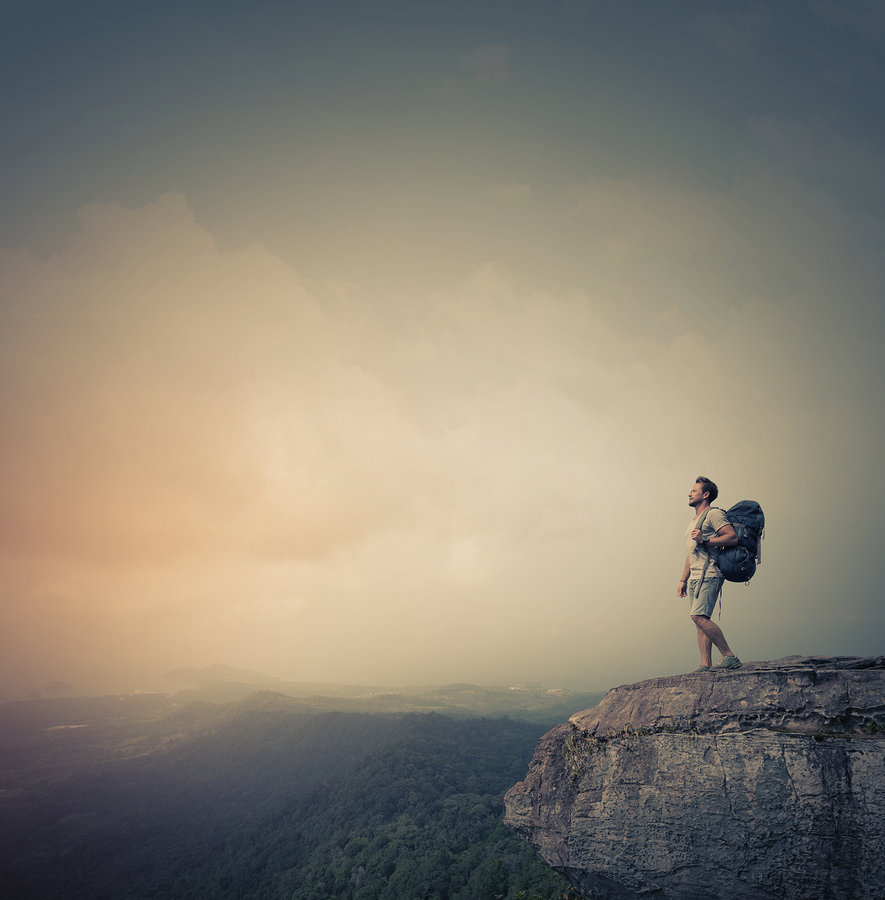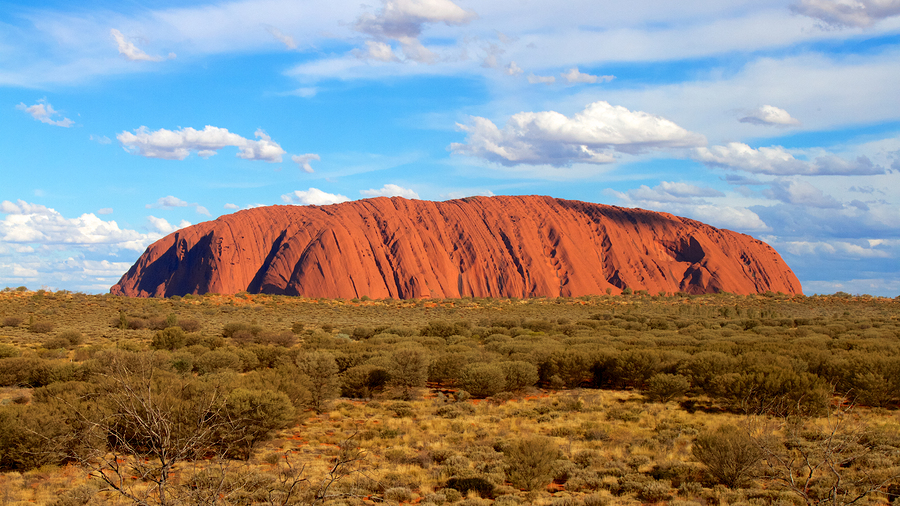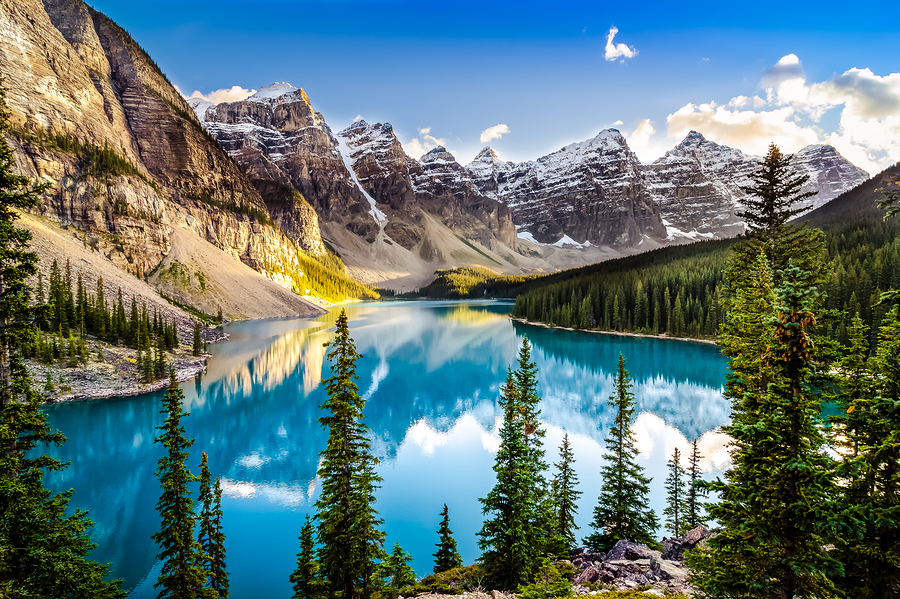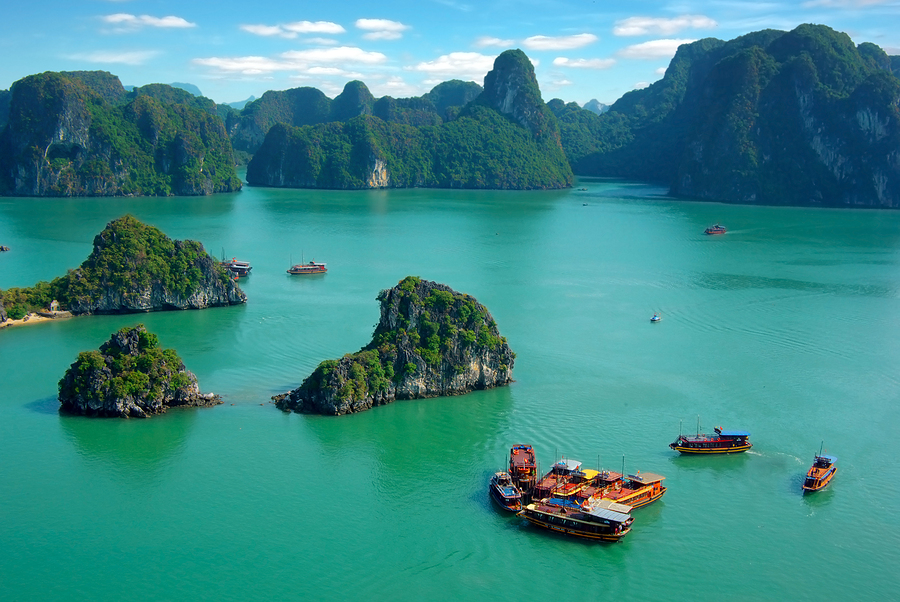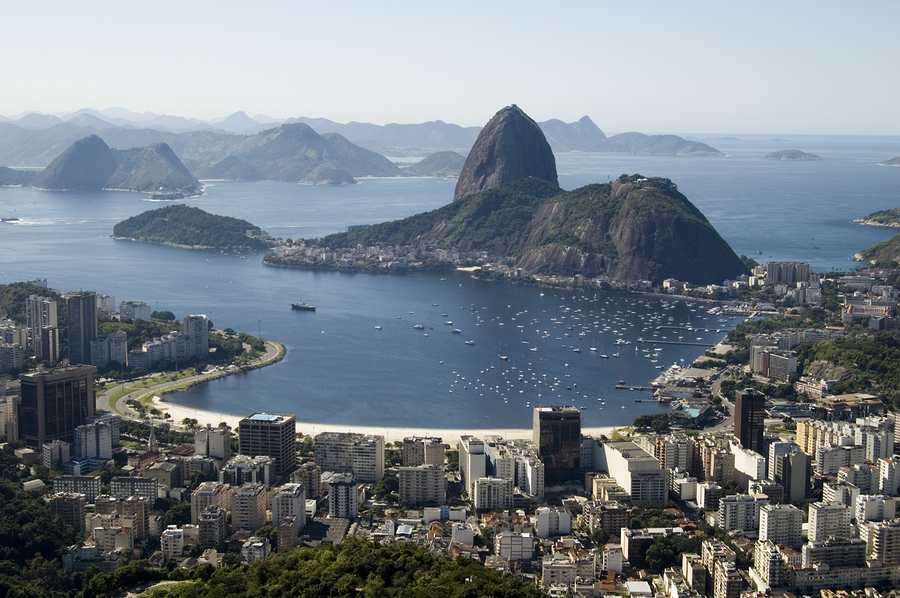So…you’ve finally made the decision – you’re doing it!… Going on a gap year that is. Now what? Well, in some ways actually making the decision is the hardest part of all but there’s still a whole heap of things to be sorted and get your head round before you’re ready to full moon party in Thailand, take a surf lesson in Australia or sign up for that salsa class in Mexico.
The good news is – make the right choices now and get everything you can in place and the dream gap year you’re picturing in your head stands the best chance of matching what will actually unfold as you go.
So Much World…Where to Go?
It probably sounds a bit obvious but of course your very first decision is where on the planet to plant yourself for your gap year. Although there are some more well-trodden routes than others – often with good reason – try not to be completely influenced by this and choose according to what is best for you. The perfect gap year is out there for everyone but it’s never in the same one place for two different people. What kind of man-made or natural surroundings we enjoy, what type of things we like to do or dream of doing, our own personalities, what budget considerations we have, our time scales, our desire to be always moving or perhaps transversely to be still for longer periods will all dictate and define our ideal. You’re going to be very disappointed if doing a skydive and seeing elephants in the wild are personal bucket-list toppers if you end up in a country which has opportunities for neither.
What you want to do on your gap year in fact will possibly have more influence on your decision than anything else. If you are intending to work while you are away the list of possible destinations already becomes much smaller and restricted to countries in which you can get a working holiday visa. Otherwise, make a list of all your gap year must-haves and ideal inclusions with regard to weather, natural surroundings and activities such as…somewhere not too hot, plenty of lovely beaches with good snorkelling, trekking, great historical cities to explore etc etc and then see which continents/countries/regions deliver the most.
To get you started here are a list of some of the more popular destinations and routes.
Australia & New Zealand
These are popular first time backpacker choices because their Western cultures along with English as a first language make everything easy. Australia is packed with incredible wildlife, New Zealand is crammed with incredible scenery while both offer all kinds of adventure activities and super-exciting opportunities. They are both popular choices for working holidays too.
North America
Ditto as for Oz and New Zealand – Western culture, no language barriers etc. and loads of working holiday opportunities in the U.S.A such as summer kids’ camps or skiing season posts in Canada. However, North America isn’t the cheapest gap year destination, so keep this in mind when you’re planning your trip.
South East Asia
Tending to suggest a slightly more adventurous spirit than Australia, New Zealand and North America, SE Asia is nonetheless a very well-trodden trail with multiple infrastructures in place catering to the backpacking hordes. A major bonus with going down this route is the opportunity of taking in many countries in one go and of course your hard-saved gap year funds are going to stretch far further than almost anywhere else on the planet. What you might be able to see and do in places such as Thailand, Cambodia, Vietnam, Laos, Malaysia and Myanmar is probably only restricted by your imagination and there are plenty of opportunities for teaching English or an almost endless list of very meaningful volunteer placements.
Central America & South America
Aside from being, geographically-speaking, an enormous area of the planet, the diversity, adventure, natural surroundings and people here encompass just about everything possible. Peru is especially popular because of Machu Picchu but otherwise each country has its own very special something. Countries vary enormously with regard to how much they will cost you to sleep, eat and travel around with Brazil, Argentina and Chile among the countries topping the typically most expensive scale and the likes of Peru, Bolivia and Colombia, among others, offering the most budget friendly options. There are at present no working holiday visa schemes for Brits in this area but several for citizens of Canada, New Zealand and Australia.
Europe
Often bypassed as an option because it is too ‘safe’, ‘familiar’, ‘not exotic enough’ etc etc but taking a gap year in Europe allows you to take in an incredibly large number of different countries with diverse sights and cultures. One of the most popular ways to go about this is to make your way by train. ‘InterRailing’ gives you a pass of unlimited travel across 30 countries for a one month period. An interrail pass is relatively cheap compared to flights, so if you’re looking for a cheaper option for your gap year or you’re taking a shorter trip, Europe is ideal.
Round the World or Multi-destination
The gap year is for many of us, a whole once-in-a-lifetime deal so wanting to take in as much as possible is both understandable and common. So much so in fact that there are now many companies offering tickets which circle, criss-cross or meander the globe allowing the buyer to cover different continents and/or countries in one trip. If you have lots of time and really can’t settle on one place then why not. Bear in mind however that round-the-world tickets are not necessarily cheaper than booking flights as you go, leg by leg.
The Question of Money
Contrary to popular myth, gap years do NOT have to cost the earth nor do they have to leave you (or your parents) in debt for the longest time after the suntan and memories have faded. You can of course spend ridiculously large amounts of money on flights, hotels, every tour going and expensive food but the point is you don’t have to – you just have to know what options are out there both generally speaking and with specific regard to your intended destination.
Cheap or even free accommodation choices include such things as Couch Surfing, WWOOF placements, volunteer work or hitching a ride on a sail boat/cruiser in return for cleaning the cabins/making lunch/being great company (check out www.crewseekers.net for starters). Some of these options can also include meals for free but otherwise where eating cheap is concerned make sure you book into hostels with kitchen facilities so you can prepare your own meals or find out what options there are for street food – always cheaper (and often more authentic and tastier) than restaurants. These are just some ideas – there’s loads more where these came from. So, do your homework, check out the wealth of advice and tips out there aimed at gappers and backpackers and use your research skills and your smart to save your pennies.
If you’re really struggling to get together adequate funds to finance a trip then consider applying for a working holiday visa in one of the countries which offers them to young people of your nationality. This is a great way to subsidise your fun and stretch out the length of your travels but be aware that subsidise is the key word here and not total funding. All working holiday visa schemes require you to prove you have adequate funds to finance any non-work periods which can be quite a substantial amount.
As for getting the money together to buy that ticket in the first place and get your dream on track you might like to consider:
- Consider selling anything you don’t need – car-boots, eBay, Gumtree etc
- Take on some extra shifts/volunteer for overtime if you’re already working and if you’re not already working……why not?!
- Find alternatives for what you are spending money on, where possible. For example – if you have an expensive monthly gym membership ditch it and get exercising in other ways which don’t cost a penny.
- Hunt down some recipes and meal ideas for eating on a mega-budget and ditch the take-aways and any eating out for a while.
- Every time you find yourself about to spend some money stop for a second and ask yourself ‘do I really need this?’ If it’s a bill to pay the electricity it’s probably unavoidable but chances are that’s a no if you’re holding a pair of designer shoes in your hands.
- Cut down on the partying and going out.
If all of this is starting to sound a little too much like a no-fun life just remind yourself that veeeeery soon you will be disappearing off into the sunset. Believe me, when you’re camping in the jungle about to head out to track orang-utans or sipping coconut milk from the shell on some impossibly idyllic beach everything you’re doing now will be totally worth it. If you’re unsure of how much money to take with you, read our travel money guide for advice!
Visas – Your Ticket to Ride
A visa is an entitlement to enter and remain in a country which typically comes as either a stamp or an insert in your passport. A visa’s price ranges from totally free to quite costly and whether you can have one and for how long for will depend on both where you are headed and your own nationality.
Some visas are awarded and stamped into your passport on arrival while others have to be arranged well in advance.
There are different kinds of visas depending on whether you are travelling solely for tourism purposes or intending to either work or study while in the country. Typically speaking working holiday visas need a bit more time and effort to arrange and in the case of working holiday visas for Australia for example you can only apply for the first visa before entering the country.
Finding out what you will need is usually very easy and just requires a visit to the immigration website for the country in question.
Staying Healthy
Chances are if you’re away for long enough you are going to get at least a dodgy tummy but you can give yourself the best possible chance of keeping the sickness and health mishaps at bay with a little advance planning and information gathering.
Your first step is to book an appointment with your GP and more specifically with the practice’s travel health clinic if they have one. They will be able to advise you what vaccinations are essential or recommended and their cost along with any malaria precautions or health advice specific to your destination and with specific regard to what you are intending to do once there. They can answer any questions you may have generally and also give advise on contraception and sexual health matters.
Don’t leave all this until the last minute as many necessary vaccinations are courses which take up several weeks.
Do your homework with regard to your destination and what its health risks are. These will typically be with regard to food and food preparation, wildlife present and water. Find out for example if you need to travel with a mosquito net, water filtration or take some other precautionary measure. Forewarned is forearmed so get genned up and switch into the right mindset and, along with a little luck, you’ll have all you need to keep your travels healthy.
First Aid Kit
This might seem like just one more thing to carry but you’ll sure as heck be glad of it when you’re in the middle of nowhere and in need of something simple such as a plaster or anti-septic wipe (the smallest of grazes can quickly become infected in the tropics without attention). Making up a destination-specific kit is often a better idea than a ready-made one and quite what you put in will depend on where you’re headed but should include as basic such things as sun protection, insect repellent, contraceptives, antiseptic wipes, painkillers, plasters, bandages and anti-diarrhoea medication. You can buy basic kits and more comprehensive ones which contain many of the items you’ll need. For developing countries it is wise to pack a sterile needle kit just in case of emergencies…yes it is unlikely you’ll end up needing it, but you just never know!
Travel Insurance
Thinking of skipping the cost of travel insurance? We’ve all been tempted but did you know that the bill for a broken leg in the U.S. adds up to a bank-breaking £6,000 while should you need to be flown home to the UK from Europe after an accident you’re probably looking at a bill of around £12,000? Wherever else you cut corners don’t make it here. Aside from covering you for any financial losses of property, money and luggage and compensating for various inconveniences, travel insurance at its best will offer you the luxury of helping hands and physical and emotional support at times of crisis and when you are most in need. Read our guide to gap year insurance here.
One Backpack, So Little Space – The Eternal Packing Debate
Each and every one of us did it the first time we set out…gathered together our list of ‘essentials’ and gazed in dismay as we realised that the enormous heap we’d made wouldn’t fit into five backpacks let alone one. Don’t panic – unless you have the organisational skills of a spreadsheet whizz with OCD we’ve all been through that horrible process of what to take and what to leave behind (some of us every time we travel) and there is no-one in the world who can tell you exactly what constitutes essential because we’re all different and so are our gap years.
The good news is that this is so perennial a problem that resources for advice, tips, packing lists and such like are out there by the bucket-load. Simply type something like ‘essential items for backpacking’ or ‘what not to take backpacking’ into a search engine and be buried by an avalanche of offerings from folk who have been-there-and-done-that and are ready to help you do it too.
Bear in mind that unless you are headed to deepest darkest far far away the people who live where you’re headed also need and buy clothes, toiletries, back-up supplies and so forth, so you can too.
Have a look around our online travel gear store, which has pretty much all you’re likely to need to kit yourself out with including the backpack itself. However, in the meantime here are a few ‘essential’ candidates for consideration.
Sleeping bag liner – some of the hostel and budget places you’ll be bedding down in either don’t supply bedding or have the kind which makes the most stalwart of us squirm a little. A sleeping bag liner will be your cocoon and even if it’s dirty at least it’s your dirt.
Adaptor plugs – you’re almost certain to have some gadgetry with you which will need recharging and tracking down the right adaptors once you’ve arrived somewhere can sometimes prove a little tricky.
Copies of important documents – photocopy passports, visas, flight tickets, travel documents and anything else of importance to make replacing them in the case of theft or loss slightly less of a nightmare.
Head-torch – power cuts, middle of the night jungle treks, places without street-lighting or even just returning to the dorm after dark – a hands free light will prove invaluable time and again.
First aid kit – as already discussed under ‘staying healthy’.
Duct tape – if this is your first backpacking foray we will forgive you a snigger at this inclusion but once travelled with a reel you too will become one of the converted and never again leave home without it. Taping over holes in mosquito nets, holding together a broken strap/zip on a backpack, acting as a waterproof dressing, to fashion a make-shift clothes drying line and 1001 other situations which require repairs, mending, patching up, holding together or otherwise averting disaster – duct tape is the traveller’s hero.

